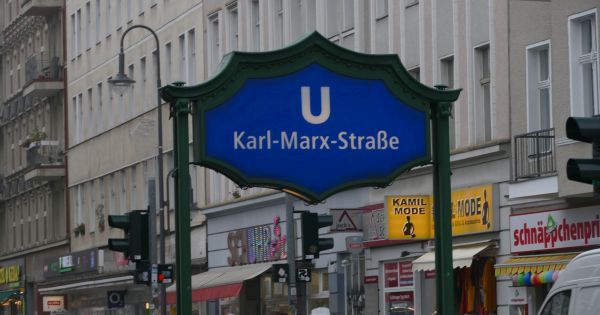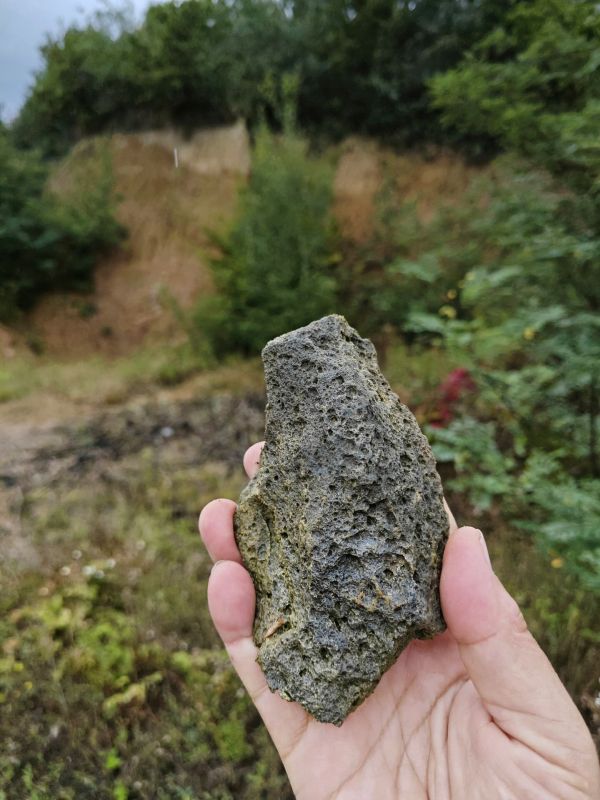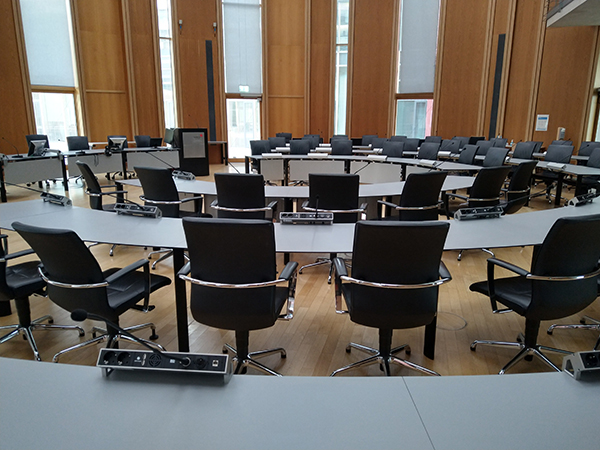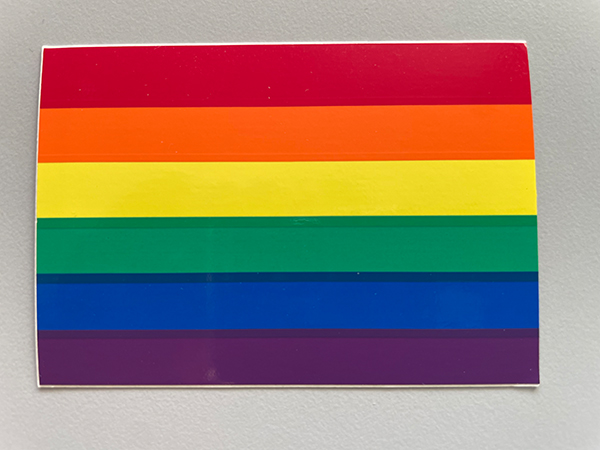By Michael Seifert
There are almost daily reports in the media about how corona incidence levels vary between neighbourhoods in large cities. The values, and thus also the risk of infection, are significantly higher in so-called social hotspots with high-rise housing estates, where the proportion of migrants is particularly high, than in villa neighbourhoods. Surveys in hospitals in Baden-Württemberg also indicate that the proportion of patients with a migration background is very high in intensive care units. tünews INTERNATIONAL spoke about this with Boris Nieswand, Professor of Sociology at the University of Tübingen.
He explains these trends with the social science “poverty hypothesis”, which is very well proven: “Poor people who live predominantly in such neighborhoods have a higher health risk, fall ill more quickly and die earlier. In high-rise housing developments, people simply live closer together, have less square footage per person,” explains Nieswand. The fact that mobile vaccination teams are now going into such neighborhoods in Cologne seems to him to be a sensible approach: “Through these direct and uncomplicated vaccination offers, you reach people who cannot be reached through mainstream media. It was certainly right to vaccinate the particularly vulnerable elderly population first. But offering vaccination now where there is an increased risk of infection will reduce the incidence of infection – and then we all get something out of that.”
The second big infection site for the sociologist is the workplace. Lower-income individuals are more likely to engage in activities that require a presence at work and for which home offices are not an option. This also exposes them to a higher risk, he says. “Large companies with occupational health and safety departments can implement the Covid measures relatively well. But about how things are with smaller companies and few employees, we know little,” says Nieswand. He would like to see studies asking infected people, and especially those with a severe course, where they may have contracted the disease to identify patterns.
Scientific studies show an increase in experiences of discrimination and racism among migrants in the corona crisis. Are migrants seen as scapegoats? Boris Nieswand: “The question ‘who brings us the disease?’ is an age-old one, just think of epidemics or syphilis. Of course, according to the established groups, it is always the others who bring the diseases, while they themselves act reasonably and in accordance with the rules. It is typical of groupthink to associate dangerous things with foreign cultures and ethnicities. And that, of course, fuels racial prejudice. But if you trace the routes of infection concretely, you see that the virus doesn’t care whether people have migration histories or not.”
Therefore, he says, the rule of law and the welfare state have a role to play in influencing everyone to contain the spread of the pandemic. Those methods are the same for all. After all, among those at greater risk due to poverty and precarious working conditions, there are people with a migration background as well as those without, he states. “Of course, there are many migrants who don’t follow the rules, but there are also many Germans. Attributions do not help; one should always look for practical solutions. If the rules were better communicated, at least some of these people could behave more according to the rules and thus infect themselves and others less,” says the social scientist with a focus on migration and diversity research.
Boris Nieswand sums up, “Ultimately, there is an equity gap due to poverty and working conditions: social injustice also affects health, even more so in pandemic times.”
tun21050507
Neukölln, sozialer Brennpunkt in Berlin. Foto: tünews INTERNATIONAL / Michael Seifert.




